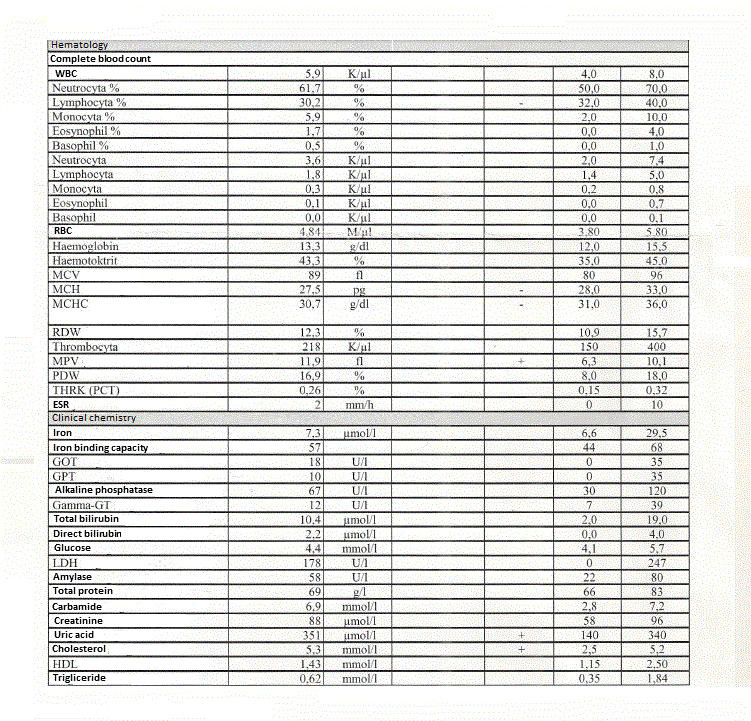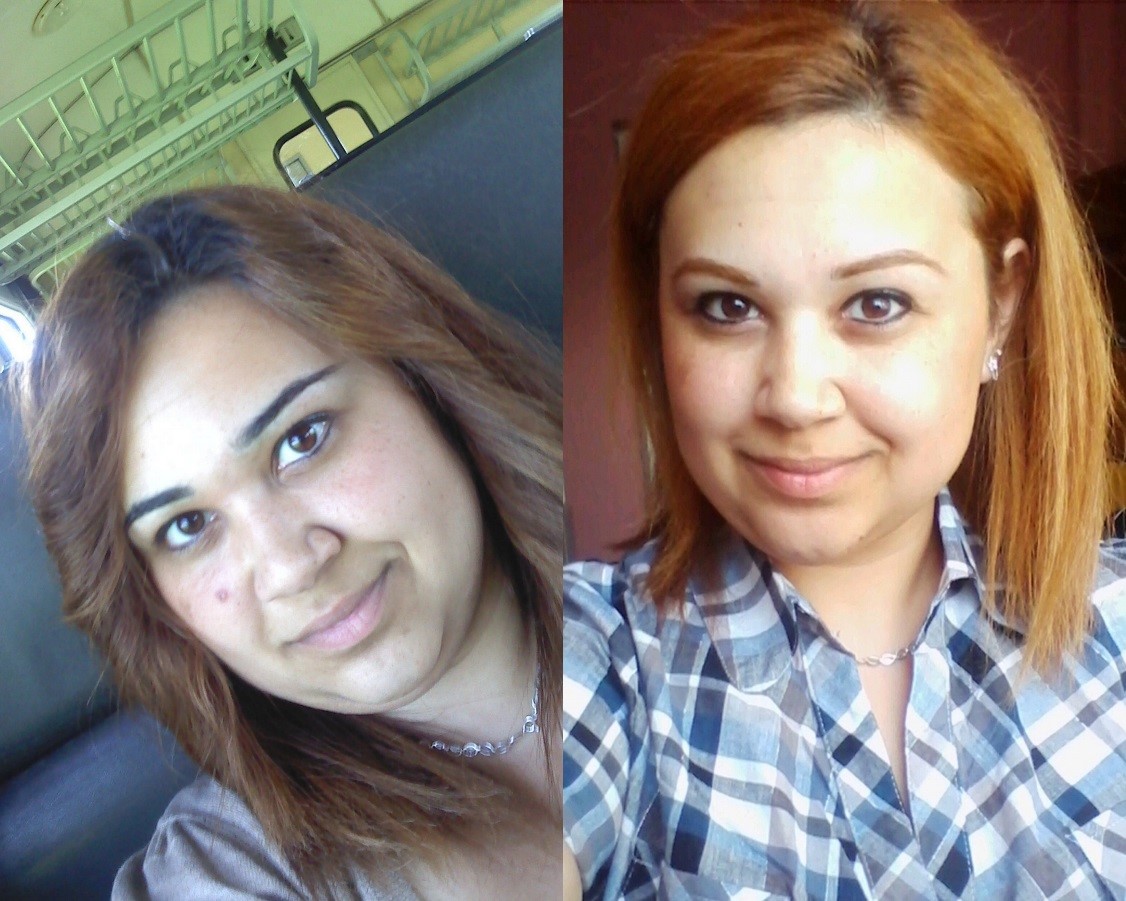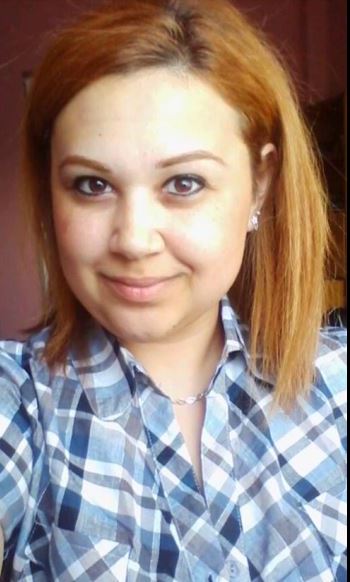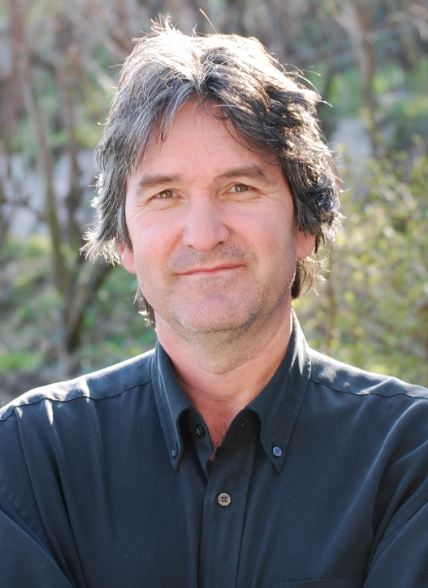Crohn’s disease and the paleolithic ketogenic diet: a graduation thesis
Original version in Hungarian available at:
http://paleomedicina.com/hu/blog/2015/10/gyogyulas-a-crohn-betegsegbol-zsanett-erettsegi-palyamunkaja-1-resz
http://paleomedicina.com/hu/blog/2015/10/gyogyulas-a-crohn-betegsegbol-zsanett-erettsegi-palyamunkaja-2-resz
Zsanett, a young high school student from Hungary, had long been suffering from gastrointestinal symptoms and later on from the complications oft he disease. The medications she received did not help. She knew Dávid and his story with the Crohn’s disease. She decided to recover too. Zsanett took seriously the medical and dietary advices received from us. She was a college student and so realization of the diet was not easy for her. Still, she was able to maintain the diet. Consistent adherence to the diet resulted in a gradual improvement over months. Currently she is symptom-free. She wrote her biology graduation thesis of the Crohn’s disease and her own medical history. Although written by a graduating student, the thesis also meets professional expectations. Precise, medically accurate wording, and an impressive subjective report at the same time. She was given maximum score. Zsanett is currently a first-year student of the Health Faculty of the University of Miskolc. We publish her thesis without modification. The thesis was published originally in Hungarian. However since many colleagues from the low carb/paleo community have expressed their interest we have translated the most interesting sections (paleomedicina.com).
Written by: Zsanett Rontó 13. E
Konzulent teacher: Rémiás Ferenc
Földes Ferenc Secondary School
2015. április
I. Subject
I had been suffering from gastrointestinal symptoms since my early ages. Initially my parents attributed these symptoms of being colicky as most children at this age. Later they made attempts to have me eat more health consciously with more or less success.
At the age of ten good and worse periods were alternating in my life. When I was fourteen my health condition deteriorated. In the meantime it turned out that I am suffering from inflammatory gut disease of autoimmune origin. I received steroids to alleviate symptoms but this only resulted in transitory improvement and I had to restart taking medication. I could not accept this because of the side effects of steroid therapy. I found my situation unfair and I was scared that I have to live my whole life with this condition.
I came across a therapy which appeared interesting at first, the so-called paleolithic ketogenic diet. The diet is made up of animal fat, meat and organ meat. I am now following the diet for five months and I can say I feel much better. Of course my laboratory results also confirm this improvement.
I have chosen this subject because I want that more people come to know that there is a cure for atoimmune diseases and they need not despair.
II. Autoimmune diseases
This section can now only be read in Hungarian:
http://www.paleomedicina.com/hu/blog/2015/10/gyogyulas-a-crohn-betegsegbol-zsanett-erettsegi-palyamunkaja-1-resz
III. Crohn’s disease/colitis ulcerosa
This section can now only be read in Hungarian:
http://www.paleomedicina.com/hu/blog/2015/10/gyogyulas-a-crohn-betegsegbol-zsanett-erettsegi-palyamunkaja-1-resz
IV. Observations
1. Own disease
• At the age of ten, in 2004, I was hospitalized for a week because of upper respiratory tract infections (bronchitis, bloody discharge) standing already for several years. Based on the clinical examinations it was concluded that my symptoms are caused by asthma bronciale. I was prescribed Flixotide and Ventolin.
• At the age of 14, I had already been experiencing protracted abdominal pain. As a new phenomenon I experienced bloody stool. I was referred to the gastroenterology unit but was not hospitalized because shortage of inpatient capacity. My symptoms were attributed to a rupture of the rectum.
• I continued to have gastrointestinal symptoms (abdominal pain, distention, alternation of diarrhea and constipation as well as boody stool) therefore a year later a H2 test was carried out which indicated that I have lactose intolerance and contaminated small bowel (bacterial overgrowth). I was prescribed lactase chewable tablets, Klion (2x1) and probiotics.
• At the age of 16, I had been hospitalized two times. All necessary examinations were carried out including complete blood count, oral glucose tolerance test, hormone levels, fundus examination, ECG, allergy test and abdominal ultrasound. All results were negative. Leukocyte numbers were continuously elevated, however.
• Because of abdominal cramps it was suspected that I had ovarian cysts. I was examined by a gynecologist but no abnormailty was found. He however he highlighted problems with stool. He suggested ”stool normalization”.
• Six months later I was referred to the inpatient ward. My symptoms did not lessened but increased. My skin abscesses were opened surgically. Given that I had been taking lactase chewing tablets there was no explanation for my diarrhea. I received 7 enemas to resolve constipation without much success. Because of the previous medical history of my mother (colon polyps, irritable bowel syndrome, reflux disease) upper and lower endoscopy was carried out. This indicated gastric erosions and inflammation of the duodenal mucose. Intestinal inflammation due to an infection was suspected. Testing for celiac disease was suggested and Crohn's disease was suspected. Further examinations were not carried out however. At this time my medication included Ulcogant, Klion, Laevolac, Kreon, Normaflore, Lactase rágótabletta, Espumisan.
• I continued to have diarrheas (6-8 or even 10 times a day). Therefore a search for foci (localized infections) was carried out. (To me this appeared unreasoned given that an inflammation was already given. With the use of the medications my normal intestinal bacterial flora was distroyed, however). I had been referred to an ophtalmologist because it was suspected that discharge from the tonsilla might have caused diarrhea. This assumption was regarded as proven and in December 2011 my tonsils were surgically removed. The surgery nearly killed me.
• By the time I recovered from surgery, I reached the age of 18. I got out of the scope of the Child Health Center. I was reluctant to visit the adult gastroenterology unit given the negative experience of my mother with partly similar symptoms. I made my own decision: I reduced my medication: I was taking Kreon only in „emergency”, I was avoiding foods with a clearly negative gastrointestinal effect. After 5 pm I did not ate at all. I had been without symptoms for a while and felt that I am able to control my body. Later on I tried to ignore my symptoms which persisted even though. This was getting harder and harder.
• Better and worse periods were alternating through the next two years. Meanwhile multiple skin abscesses developed due to which I underwent surgery several times. No matter how I tried, I was not able to live a full life. I had to move back home from college. At school my grades steadily deteriorated. Even the existance was demanding for me. After I got home from school I had been awake for 1 hour then I fall asleep and did not woke up until morning. I was unable to learn during these bad periods. Many times I was not able to leave for school because of diarrhea.
• In the last period bloody stool was very frequent, it occurred at almost every occasion. From day to day my condition deteriorated, I could hardly bear the pain, the amount of blood was scary. In addition, a significant amount of discharge leaked from my navel (later it turned out that this was a fistula). In the ERI was not examined even after five hours of waiting. I was told to visit the gastroenterology unit. From the gastroenterology unit I was referred to the cardiology unit to perform an ECG. Then I was referred to the infectology ward saying that I have diarrhea but did nobody even take a look at my medical documents. Due to some renovations in the hospital admission was moved to the Hepatology unit and was referred there. This time I said that I would not go anywhere until someone check my medical papers. I was told that they would do this but unfortunately the chief physician just left so I was offered an appointment one and a half months later. I was also pre-registered at the proctology unit. On the way home I experienced cramps again and I prayed to survive the day. I knew what was waiting for me later on, steroids and other destructive agents. It had enough. I contacted the physician who could help. He is using the paleolithic ketogenic diet to restore health.
2. Therapy (paleolithic ketogenic diet)
We can distinguish two forms of metabolic processes:
1. Carbohydrate based metabolism, which is typical for western diets
2. Fat based metabolism which is typical for the ketogenic diet
If we run out of carbohydrate stored in our body our cells shift toward a fat based metabolism and begin to breakdown fat resulting in free fatty acids. Out of the free fatty acids the liver produce ketone bodies (beta hydroxybutyrate, acetoacetate and acetone). The body is able to use free fatty acids and ketone bodies to cover the energy demand. The state based on the utilization of free fatty acids and ketones is called ketosis.
The paleolithic ketogenic diet differs from both the popular paleolitic diet and the classical ketogenic diet. Only the paleolithic ketogenic diet represent an effective means in the treatment of chronic diseases such as autoimmune and neurological diseases and cancer.
It is important to mention that ketosis represent a normal and not extreme form of metabolism. All humans are equally suited to spend their entire life in ketosis (expect for those with inborn genetic metabolic diseases).
When supervised by a doctor and when the rules of the diet are followed, the paleolithic ketogenic diet is risk-free. If these conditions are not met deterioration of the symptoms may follow. Healthy people may use the paleolithic ketogenic diet in order to prevent diseases. The paleolithic ketogenic diet may be used in an attempt to reverse leaky gut, a phenomenon underlying autoimmune diseases. The paleolithic ketogenic diet, in addition, prevents carbohydrate overconsumption as well as those symptoms caused by the consumption of food additives.
Rules of the paleolithic ketogenic diet
What not to eat:
1. Cereals and grains
2. Dairy
3. Refined sugars and artificial sweeteners
4. Legumes
5. Vegetables (potatoes, tomatoes, paprika, eggplant)
6. Vegetable oils
The application of the rules of the diet:
1. Foods containing animal fat and protein (fat, meat, and eggs) should make up 70% of the diet (by volume). The proportion of fat should be at least twice as much as the amount of protein eaten (in grams).
2. The remaining 30% should consist of items that are considered Paleolithic foods, such as vegetables, fruits, and honey.
3. Primarily, consume root vegetables over other kinds of vegetables.
4. Use only animal fat, and no other oils.
5. Don’t eat more than one piece of fruit a day.
6. Only eat when you are hungry.
7. Only drink when you are thirsty.
8. For sweeteners, only use honey.
9. To avoid hypovitaminosis eat offal.
10. There is no need for supplements except for vitamin D in some cases.
11. Only drink water.
3. Results achieved
I have started the paleolithic ketogenic diet on 05 Nov 2014. From this time on I only consumed meat, bacon, eggs and offal. For one and a half weeks I was suffering from cluster headache.
12 November 2014
• I still had abdominal pain and bloody stool but abdominal cramps are less strong
• I started the diet with 92 kg and now I am 89 kg.
• I am consuming only the half of my usual coffee dose with water added and small amount of honey.
• I feel more balanced and sleep well.
17 November 2014
• I consume too much protein and less fat (this is not good).
• I still feel some bloating.
• I like broth and greaves.
• I am improving slowly and the pain is already tolerable.
21 November 2014
• Pharyngitis. Instead of antibiotics my therapy consists of more offal. (Algopyrin is recommended only in case of unbearable pain).
• Broth is still one of my favorites.
28 November 2014
• White blood cell numbers are within normal range.
03 December 2014
• My weight is 86 kg.
• I no longer have abdominal cramps but a sudden, sharp pain occasionally occurs.
• Bloating has reduced significantly.
18 Deceber 2014
• My weight is 84 kg.
• My symptoms are relieved.
29 January 2015
• No bleeding, no cramps
• I am still losing weight. My weight is 81 kg.
12 February 2015
• I feel good, I am energetic.
• Almost everyone around me is sick (upper respiratory infections), but I was not infected.
• No skin abscesses.
• My navel still sometimes feels uncomfortable, but there is no discharge.
April 215
• I feel good, I only seldomly have complaints. My weight is 75 kg.

Laboratory workup when on the paleolithic ketogenic diet for 3.5 months


Change presented through images
I close my work project with the words of Hippocrates:
Let food be thy medicine and medicine be thy food”
V. References
Dr. Balázs Gyula és Dr. Alföldy Zoltán: Orvosi lexikon; Második kötet (Akadémia Kiadó, Budapest 1969.)
Dr. Telegdy László és Nógrádi Katalin: Hasznos tanácsok bélbetegeknek (B+V Kiadó, Budapest 2002.)
Magyar Imre és Petrányi Gyula: A belgyógyászat alapvonalai II. (Medicina Könyvkiadó, Budapest 1970.)
MSD Orvosi kézikönyv a családban, Főszerkesztő: Mark H. Beers, MD
Prof. Dr. István Lajos (magyar kiadás főszerkesztője): Nagy egészségkönyv (Kossuth-Medicina, Budapest 1991.)
Yehuda Shoenfeld: Autoimmun betegségek (Springer Tudományos Kiadó és Magyar Könyvklub 2004) Fordította Dr. Farkas Elek
Internet:
http://paleomedicina.com/hu/paleoketogen-etrend
http://www.hazipatika.com/betegsegek_a_z/fekelyes_vastagbelgyulladas/173
Images:
https://szezonalis.wordpress.com/2012/05/15/teperto-salata/
Own pictures
Caring physician:
dr. Csaba Tóth
Family physician with a 20-year experience in intensive care and internal medicine, currently working at Paleomedicina Hungary.
Related scientific paper:
Crohn's disease successfully treated with the paleolithic ketogenic diet
The Paleomedicina approach is that of evolutionary medicine which has a wholly scientific basis. We do not use naturopathic methods and we distance ourselves from such methods. Our scientific papers published in international medical journals can be viewed here.
2015-11-20
 Rehabilitáció csak online elérhető
Rehabilitáció csak online elérhető
 E-mail: paleomedicina@gmail.com
E-mail: paleomedicina@gmail.com




